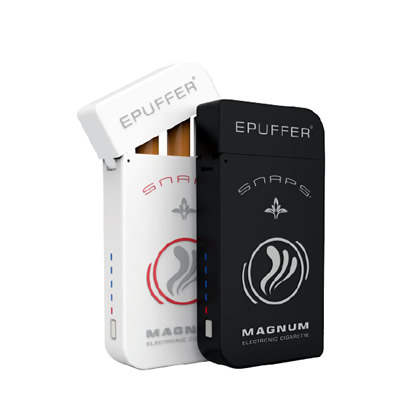Vaping Regulations in Canada
Electronic cigarettes, commonly known as vapes or e-cigarettes, are legal for adults in Canada but are subject to comprehensive federal and provincial/territorial regulations. These measures are primarily aimed at preventing youth uptake and addressing public health concerns associated with vaping product use.
Federal Legislative Framework
Health Canada regulates vaping products under the Tobacco and Vaping Products Act (TVPA). Key federal stipulations include:

- Minimum Purchase Age: The federal baseline age for purchasing vaping products is 18 years. However, several provinces and territories have implemented higher age restrictions.
- Nicotine Concentration Limits: The maximum permissible nicotine concentration in vaping liquids is 20 mg/mL.
- Advertising and Promotion: Strict controls govern the advertising and promotion of vaping products. These rules aim to reduce appeal to young people, including prohibitions on advertising in certain public spaces and restrictions on specific flavour promotions.
- Packaging and Labelling Standards: Vaping products must comply with specific packaging and labelling requirements, including mandatory health warnings, nicotine content display, and child-resistant packaging for all nicotine-containing e-liquids.
- Product Safety and Standards: Regulations address aspects of ingredient disclosure, product design, and manufacturing practices for vaping devices and substances.
Provincial and Territorial Regulations
Beyond federal laws, each Canadian province and territory has its own distinct set of regulations concerning the sale, display, promotion, and use of electronic cigarettes. These can be more stringent than federal rules and often include:
- Elevated Minimum Age: Some jurisdictions have increased the legal age to purchase vaping products to 19 or 21.
- Flavour Restrictions or Bans: A number of provinces have enacted limitations or outright bans on the sale of flavoured vaping products, often exempting tobacco flavour.
- Retail Licensing and Sales Conditions: Specific licenses may be required for businesses selling vaping products, alongside rules governing where and how they can be sold.
- Public Use Prohibitions: Vaping is generally prohibited in indoor public spaces, workplaces, on public transit, and within specified distances of entrances, similar to smoking tobacco, with variations by jurisdiction.
- Point-of-Sale Display Restrictions: Regulations often limit the visibility and accessibility of vaping products in retail environments.
Individuals and businesses must stay informed about the specific vaping regulations applicable within their particular province or territory, as these can vary significantly.
Health Canada’s Position
Health Canada advises that while vaping may be a less harmful alternative for adult smokers who completely transition away from combustible tobacco, it is not without risks and is inherently harmful. Non-smokers, pregnant individuals, and youth are strongly advised against using vaping products. The long-term health impacts of e-cigarette use continue to be an area of ongoing research.
Product Availability and Market
A diverse range of vaping devices (such as pod systems, vape pens, and advanced personal vaporizers or mods) and e-liquids are accessible in Canada. These are typically sold through specialized vape retailers, convenience stores, and online platforms, all of which are required to adhere to applicable age verification protocols and sales regulations.










